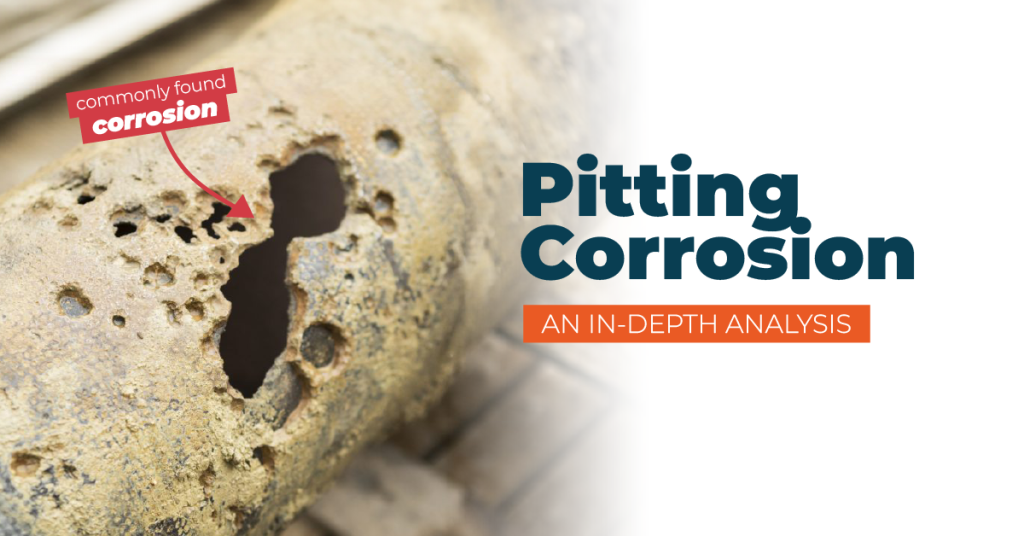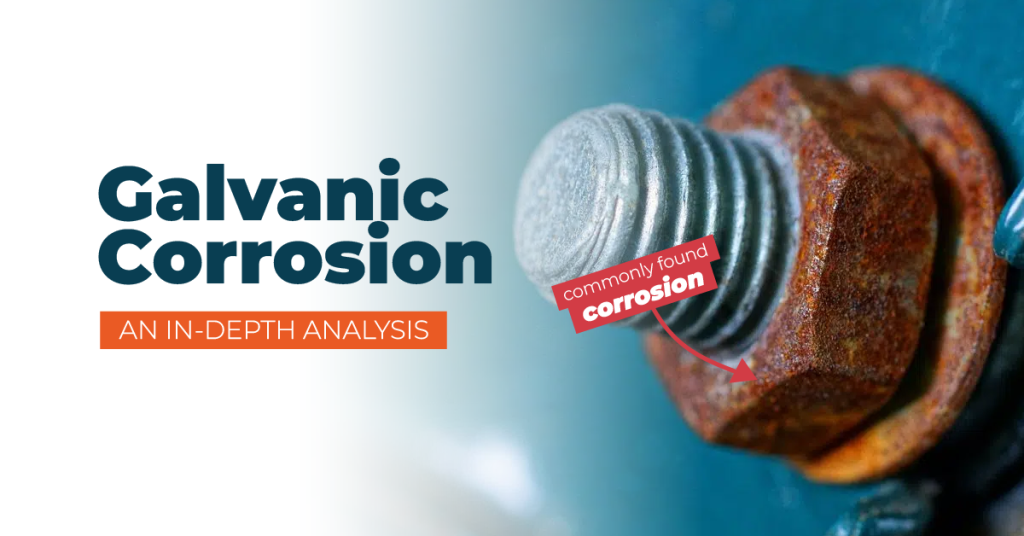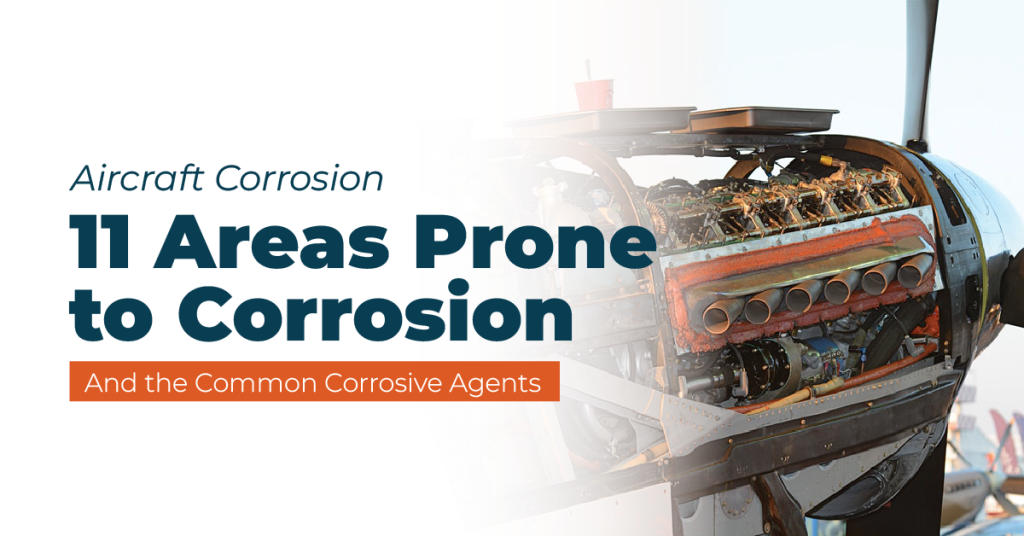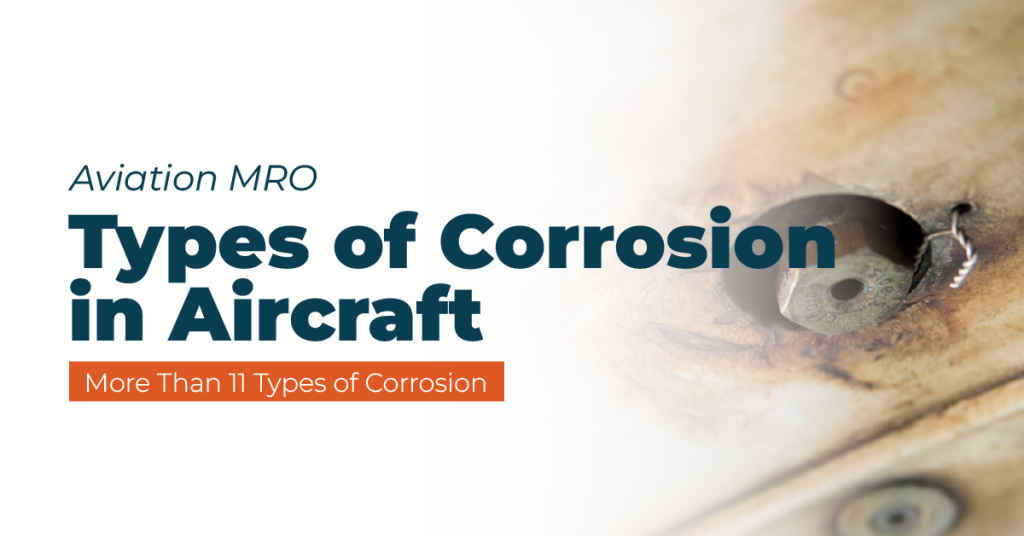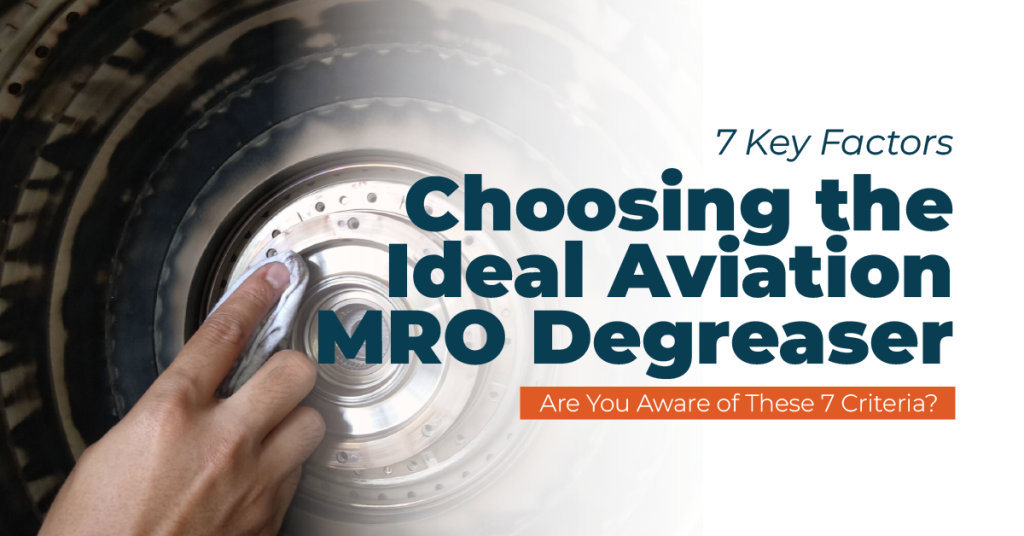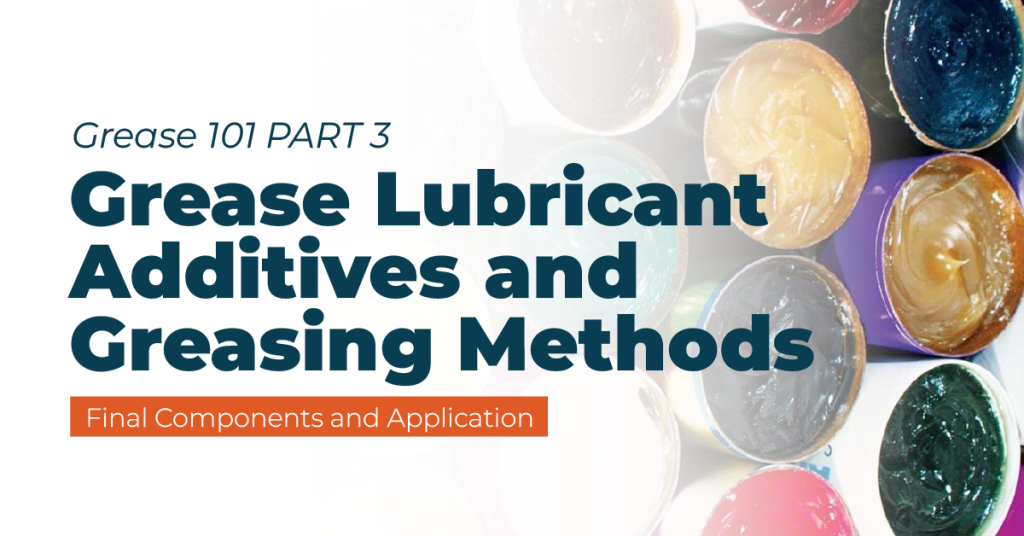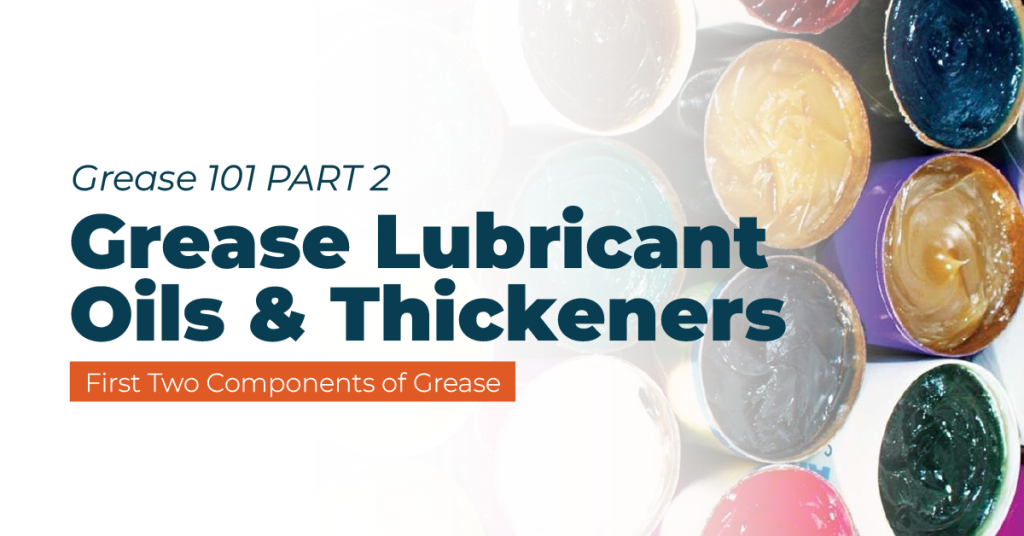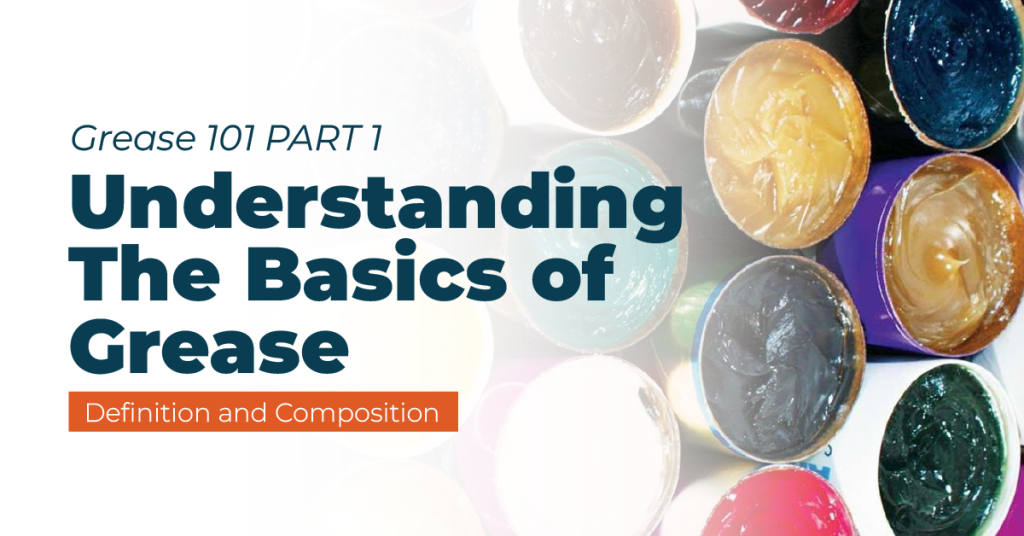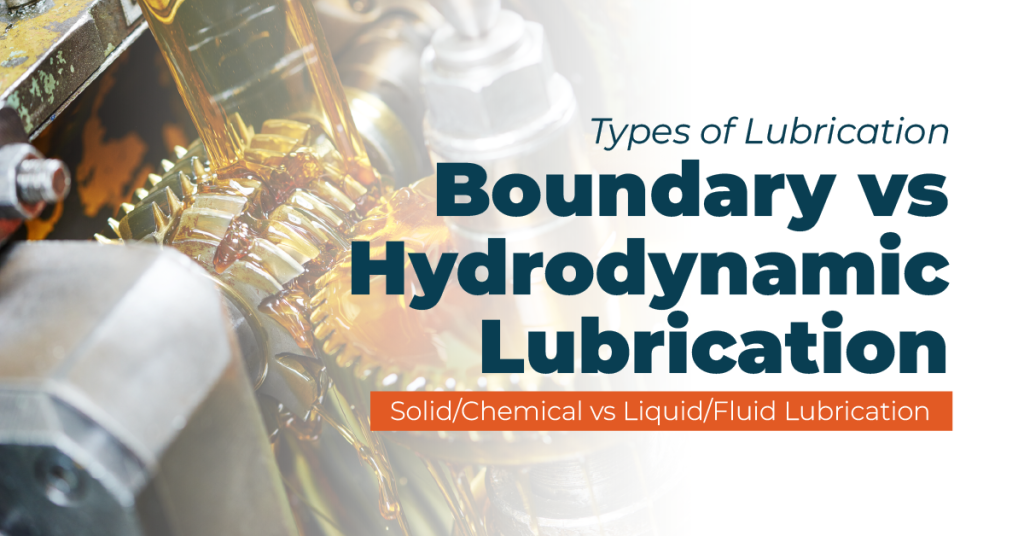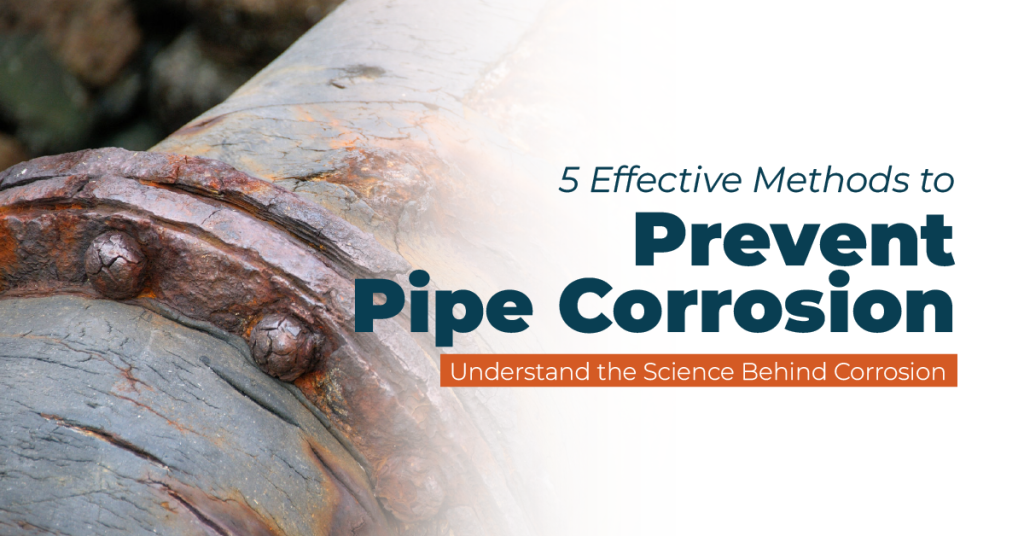
5 Effective Methods to Prevent Pipe Corrosion
If you find yourself worrying about pipe corrosion and its potential impact on your projects, you’re not alone in this concern. The global cost of corrosion has been estimated at a staggering $2.5 trillion. Besides the financial cost, corrosion can lead to production downtime, workplace injuries, and even loss of life. Additionally, it’s difficult to detect without specialised equipment. Despite all these challenges, there’s no need to be afraid of corrosion. You can take action to prevent this pesky metal

